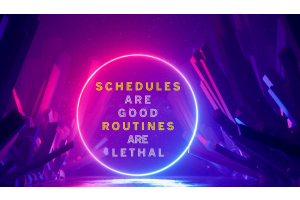Learn The Art of Saying NO
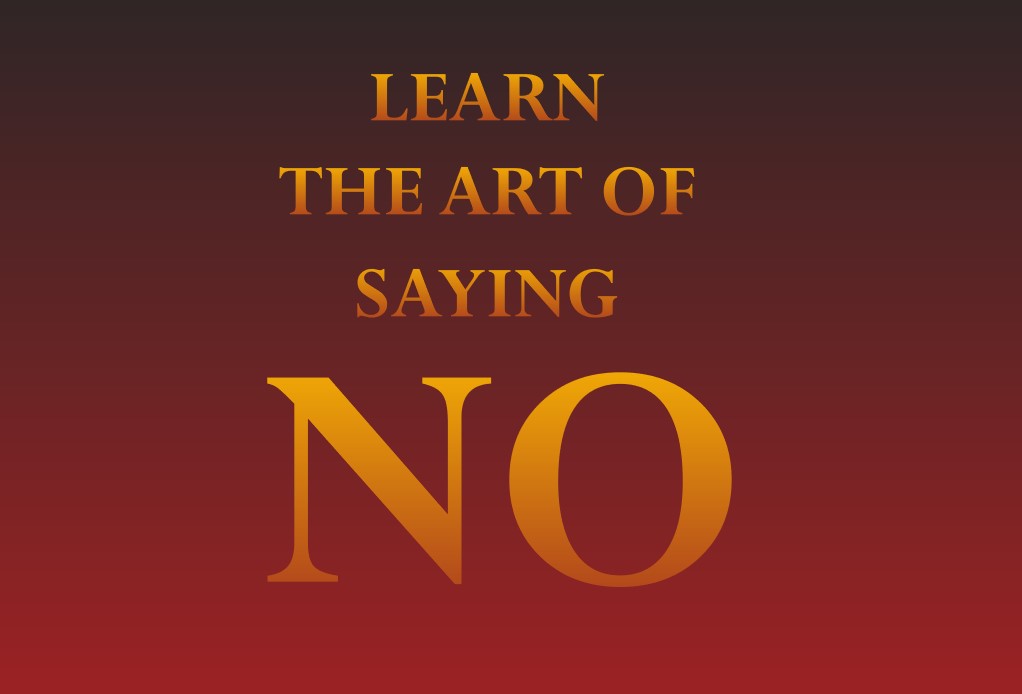
Learning to say No is the most difficult skill for everyone
Have you ever wondered why it is so hard about saying no? Well, to begin with, it can hurt, bring anger, or cultivate disappointment in the person you say “no” to, and that’s not usually an easy situation.
Additionally, human social creatures tend to plan out their future subconsciously, while they would hope to work with that individual in the future, if are saying No to that person you are in turn jeopardizing your relationship with him, whom you think might help you in future should there be a need. We all have been in a situation when we have Yes to something we don’t want to do but just to protect the feeling of the other person we end up saying Yes and regret it later
Saying "no" can be difficult, especially in situations where you feel pressure to comply or when you don't want to disappoint someone. However, learning the art of saying "no" is an important skill to have in both personal and professional settings. It allows you to set boundaries, prioritize your time, and maintain your well-being. Here are some tips on how to say "no" effectively.
YOUR PRIORITIES & REASONING
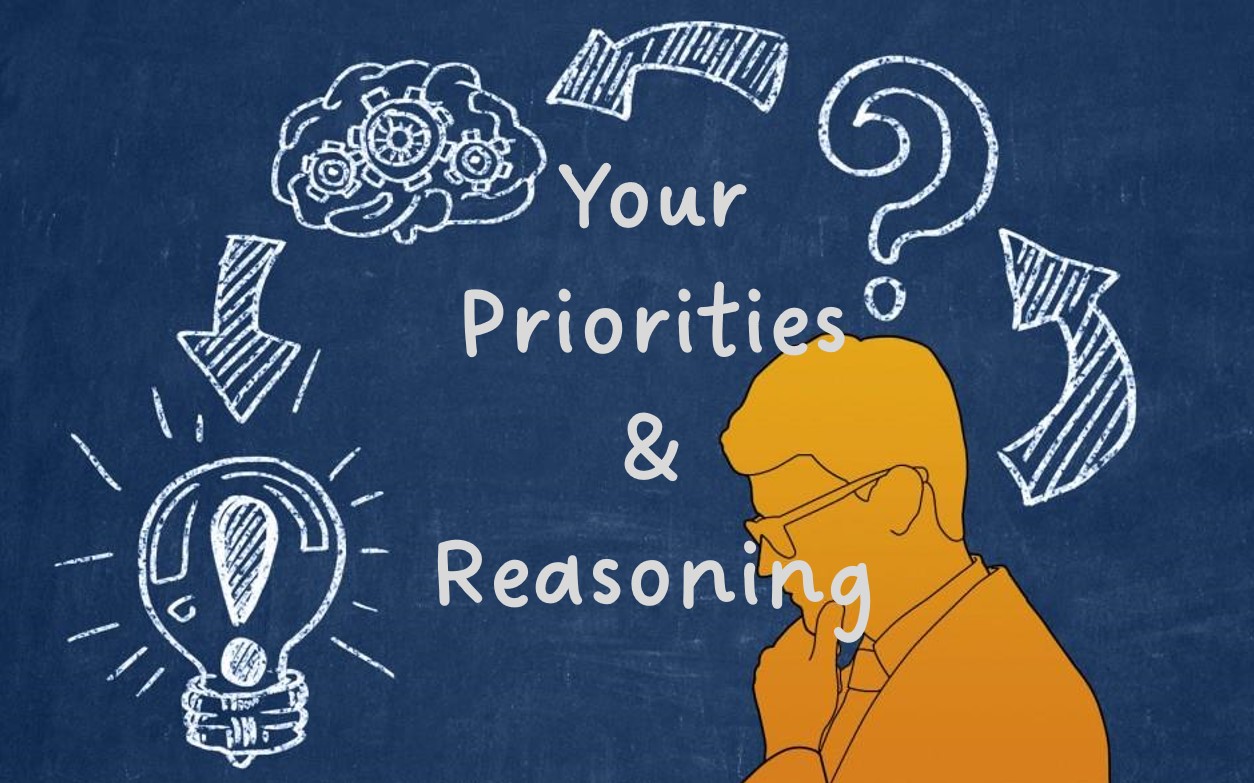
The most precious thing anyone in this world can give you is his / her time before you say Yes to anything you would have an idea about how much time are you willing to spend on the task you are about to yes to, everyone has their priorities whether spending time with Loved one’s or spending time at work to make extra $ or impress their manager for promotions. The idea here is your priorities should be clear and you should be focused on them before saying Yes to a task that you rather be saying No to.
Be clear and direct. When saying "no," it's important to be clear and direct. Avoid beating around the bush or giving vague responses. Explain your reasoning. When you say "no," it's helpful to explain why you are unable or unwilling to comply. This will help the other person understand your perspective and can also help to avoid confusion or misinterpretation.
Use "I" statements. Instead of making accusations or blame, use "I" statements to express how you feel. For example, "I am not able to do that right now" or "I am not comfortable with that." So that the requestor is aware of your decision and your reasons the important thing is to say No after understanding the other person's request, if you start with No without listening and understanding it is a sure recipe for disaster. There should be always a balance in your decision-making process. If you can help them fully, explain to them the part which you can help, which will lead to open and honest dialogue between both of you.
YOUR EXPRESSIONS & GESTURES
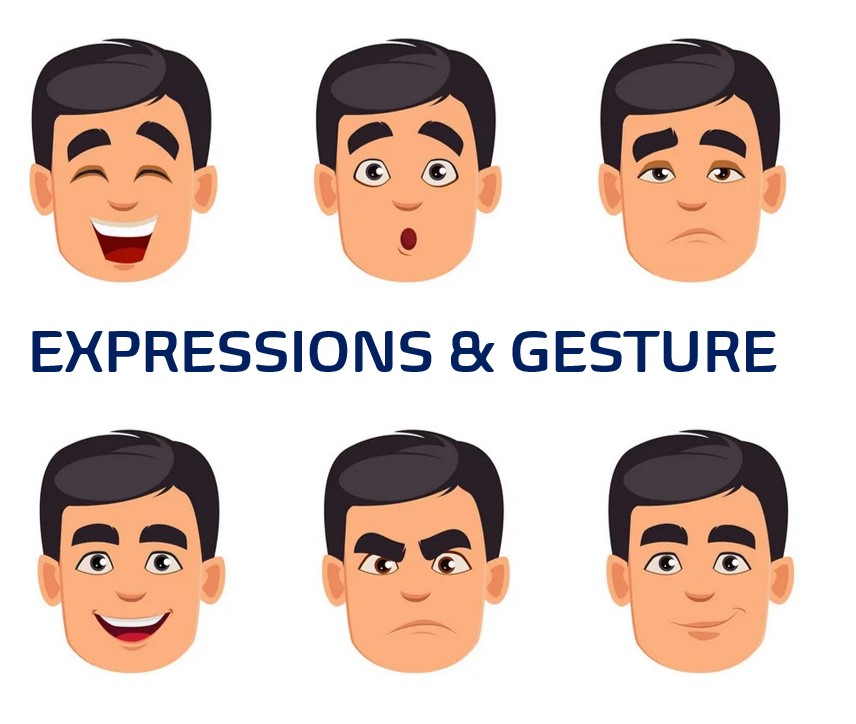
As we mentioned in our other article your communication depends on 7% of words -38% on voice & tone and 55% on body language, (Link) A common way to start saying No is “I’m sorry, but…” as people think it sounds more polite. While politeness is essential when you learn to say no, apologizing tone and gesture make it sound weaker. You need to be firm and unapologetic about guarding your time. When you say no, realize that you have nothing to feel bad about. You have every right to ensure you have time for the things that are important to you. Communicate effectively. Be clear and direct in your communication. Listen actively and be open to feedback. Avoid getting bogged down in emotions or personal attacks.
Another way to control your emotions and gesture is to tell the person that you need some time to process him/her request instead of giving a plain blunt No, This will allow you to give some time to think it through if you can address the request & if you can learn something from it (what is in it for you ) or you may find a better way to say No if you consider denying this request, this way will certainly give an impression to the other person that you give some consideration to their request.
SHARE ALTERNATE OPTIONS
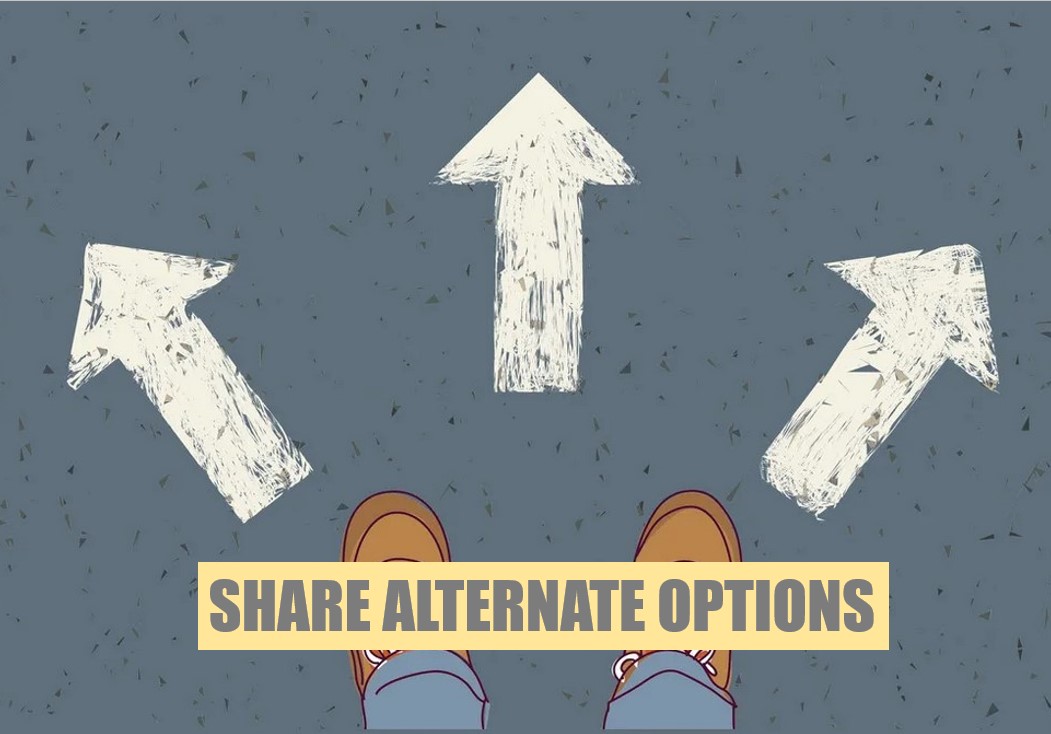
Expectations are the source of all events. Try to understand what’s behind the request so you can better determine how to make the “no” into a more positive, “yes, but” response to their need
Be creative. Sometimes the most obvious solutions are not the best ones. Be open to new and innovative ideas. Look for common ground. Try to find areas of agreement and build on them. This will help to create a sense of cooperation and trust between the parties.
Be respectful and professional. Treat the other party with respect and maintain a professional attitude throughout the negotiation. Saying no isn’t easy, but once you master it, you’ll find that you’re less stressed and more focused on the things that matter to you. No need to feel guilty about organizing your personal life and mental health in a way that feels good to you.
Remember that it isn’t about being self-centered when you learn to say no. It’s about taking care of your time, energy, and priorities, be it your family or work. Once you learn how to say no in a good way, people will regard your commitment to practicing self-care and prioritization.
By following these tips, you can negotiate effectively and create a win-win situation. Remember that the key is to understand the other party's needs, be prepared, communicate effectively, be willing to compromise, focus on the long-term, be creative, look for common ground, and be respectful and professional. By doing so, you can reach mutually beneficial agreements that strengthen relationships.
We publish short and interesting articles every fortnight so do subscribe or Follow us on Linkedin, Twitter, Facebook, and Instagram so that you don't miss out our next article
Again, if you are still thinking to change your job & you need a new resume and Cover letter
Visit
Feel free to write to us [email protected]
#RESUMEREACHFIRST #SMARTRESUME #RESUME #RESUMEWRITING #COVERLETTER #RESUMEADVICE #PROFESSIONALRESUMEWRITING #RESUMEDESIGN #OPTIMIZELINKEDINPROFILE #RESUMEREVIEW #CAREERGOALS #OPPORTUNITIES #LEARNING #RECRUITING #EMPLOYMENT #JOB #jobseekertips #jobsearch #resumeservices #resumewriter #resumetips #cvwriting #resumehelp #jobsea #career #jobsearchtips #remoteworker #digitalnomad #recruitment #jobs #careers #jobseeker #creativebusiness #creativedirector #creativework #creativedirection #designstudio #remotejob #remotework #remoteculture #remotecollaboration #remoteteams #workfromhome #workremotely

